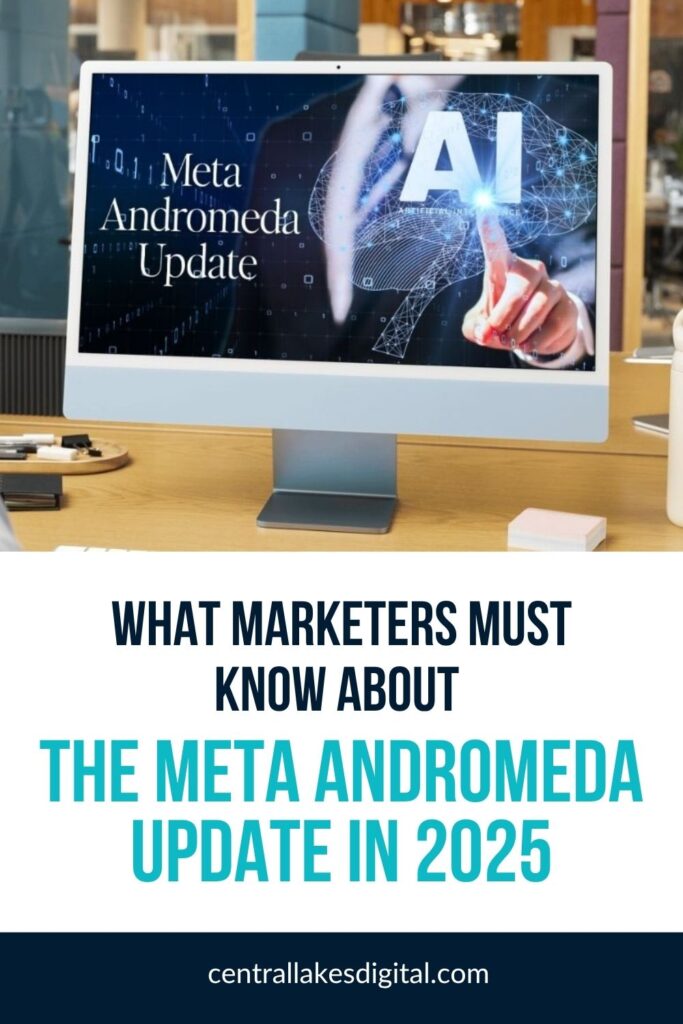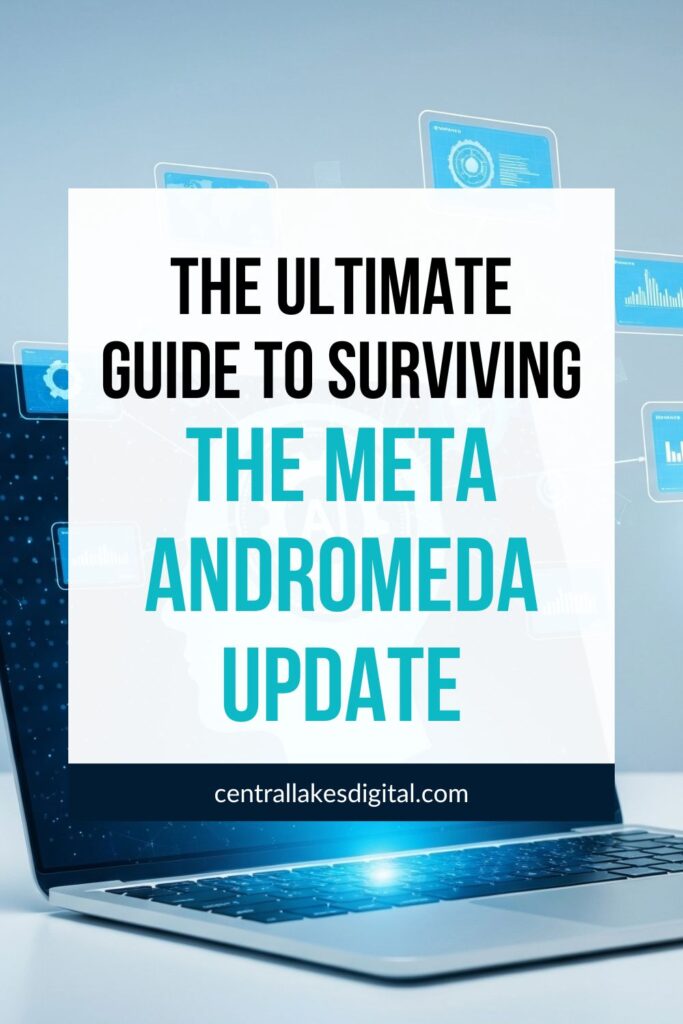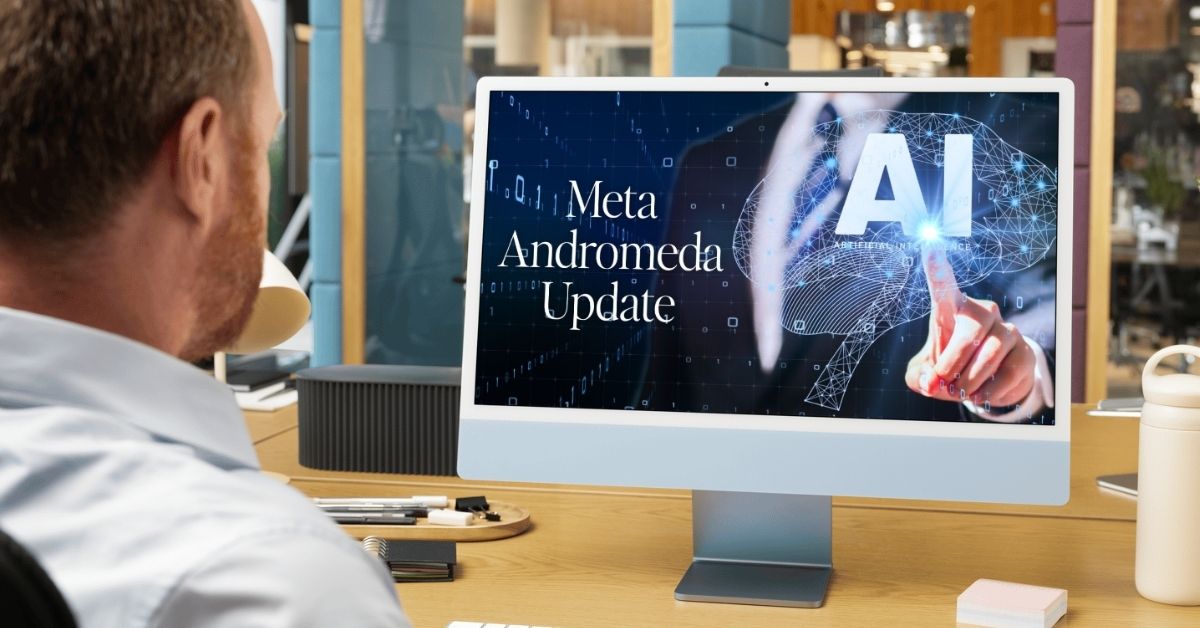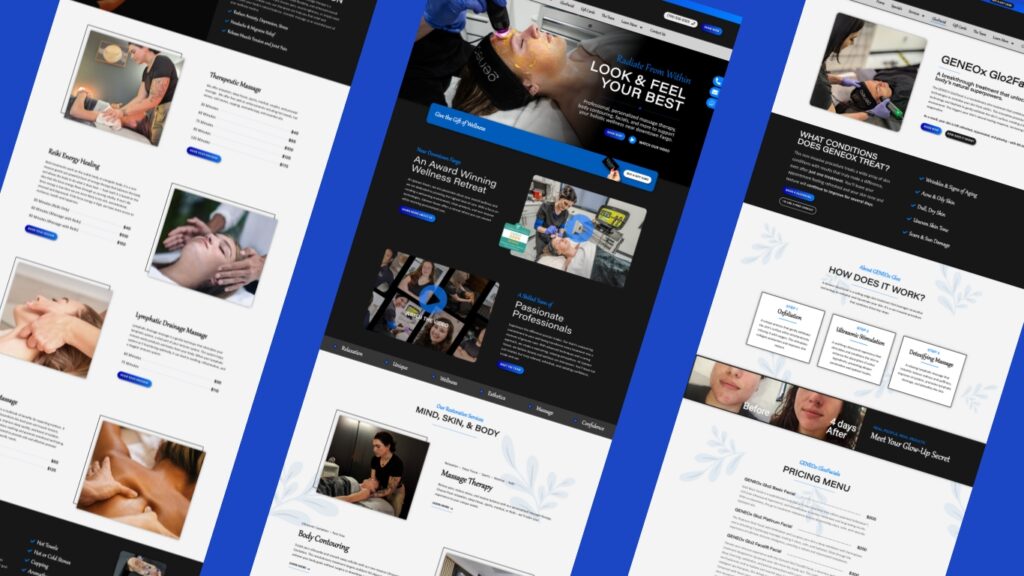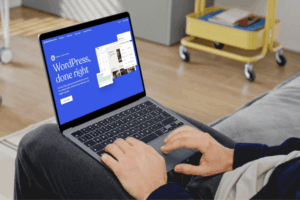The Budget Bleed

Have you noticed your Meta ad performance absolutely tanking lately? The cost per result is climbing higher and higher. ROAS that used to be solid are now struggling to break even. Campaigns that performed beautifully six months ago are now burning through budget with nothing to show for it.
You’re not imagining things, and you’re definitely not alone.
Thousands of advertisers are experiencing the exact same nightmare right now, and there’s a specific reason why: Meta just completed the global rollout of the Andromeda update in October 2025—the biggest overhaul to their ad delivery system since they launched Advantage+ campaigns.
Here’s the hard truth: if you’re still running ads the way you did in 2024 or even early 2025, you’re throwing money into a black hole. The Meta Andromeda update didn’t just tweak the system. It rebuilt it from scratch. And if you don’t adapt your strategy immediately, your competitors who do understand this shift are going to eat you for lunch.
Everything You Were Taught Is Now Wrong

Let’s talk about what used to work.
The old playbook was all about control and segmentation. You’d create multiple campaigns or ad sets, each targeting a different audience. You’d use detailed interest targeting, lookalike audiences based on your customer data, and maybe some behavioral parameters thrown in for good measure.
Within each ad set, you’d test 3-6 different ads. Maybe one would feature a carousel, another a video, and a few static images. The copy might vary slightly, but essentially you were making small tweaks to find that one “winner.”
Once you identified which ad performed best, you’d pour all your budget into that winning creative while letting the others die off. Scale what works, kill what doesn’t. Makes sense, right?
Wrong. Dead wrong in 2025-2026.
Here’s why this approach fails catastrophically now: Andromeda’s new AI system actually pre-screens your ads before they even enter the auction. If you’re submitting multiple ads that are too similar to each other—same format, slight copy variations, nearly identical visuals—the algorithm sees this as limited creative diversity.
And when the algorithm sees limited creative diversity, it starves your campaign. Your ads get filtered out before they even have a chance to compete. It’s like showing up to a potluck with five versions of the same casserole while everyone else brought completely different dishes.
The uncomfortable truth? You need to give up the illusion of control. The days of manually picking winners are over.
What is Andromeda? How Does it Work?

So what exactly is Andromeda, and why did Meta blow up a system that was already generating them billions in ad revenue?
In plain English: Meta built a next-generation AI retrieval engine powered by NVIDIA’s superchips and deep neural networks. This isn’t a minor software update—this is a fundamental architectural change to how ads get delivered.
The old system could process and match a limited number of ads to users. It was like having a filing cabinet where you could only look through a few folders at a time. The new Meta Andromeda update? It can scan and evaluate 10,000 times more creative options in real-time, processing millions of ads per second.
Here’s what this means practically: Instead of showing everyone in a “target audience” the same ad or choosing from a small pool of options, the new Meta Andromeda update can now match specific creatives to hyper-specific micro-segments of users based on thousands of signals you can’t even see.
Someone who responds to emotional storytelling gets a different ad than someone who needs social proof. Someone early in their customer journey sees a different creative than someone who’s ready to buy. The AI figures out these patterns across billions of data points.
According to Meta’s own data, Andromeda delivers a 6% improvement in recall and an 8% boost in overall ads quality. But here’s the critical insight most advertisers are missing:
Your creative diversity IS your new targeting strategy.
The algorithm can only work its magic if you give it genuinely different creatives to work with. Feed it variety, and it finds your customers. Feed it sameness, and you’re invisible.
The 2025 Campaign Blueprint That Converts

Ready for the new playbook? Here’s exactly how to structure your Meta campaigns for maximum performance in the Andromeda era.
1. Structure: Simplify Your Account
Forget everything about multiple campaigns and granular audience segmentation. Here’s your new structure:
One campaign per offer. One broad ad set. Period.
That’s it. If you’re selling a specific product or promoting a particular offer, create ONE campaign with ONE ad set using broad targeting. No detailed interests. No lookalike audiences. No behavioral layering. Let the algorithm do its job.
Enable Advantage+ audience and let Meta’s AI find your customers. Trust the system—it’s now better at this than you are.
2. Creative: Maximize Diversity
This is where the magic happens. Inside that single ad set, you need 8-15+ genuinely different creative concepts. Not variations—completely different angles.
Here’s what real creative diversity looks like:
Format Variety:
- Short-form video (15-30 seconds)
- Long-form video testimonials
- Static images with bold text overlays
- Carousels showing different use cases
- User-generated content
- Before/after transformations
- Product demonstrations
Message Variety:
- Emotional: Tap into aspirations, fears, or desires
- Testimonial: Real customer success stories and reviews
- Rational: Features, specifications, logical benefits
- Urgent: Limited-time offers, scarcity, FOMO
- Story-based: Narrative arcs that draw people in
- Educational: How-to content that provides value
- Aspirational: Lifestyle and transformation-focused
The key is that each creative needs to be genuinely, fundamentally different. Not just a blue background instead of red. Not just changing the headline. Different hooks, different emotional triggers, different formats.
Think about it this way: Each creative is a different fishing lure designed to catch a different type of fish. The AI figures out which fish are swimming by and shows them the right lure.
3. Refresh: Keep It Moving
Here’s something else that changed: Ad fatigue happens faster now. Plan to refresh your creative every 7-14 days. That doesn’t mean replacing everything—it means rotating in 3-5 new concepts regularly while retiring the weakest performers.
The algorithm needs fresh signals to keep learning and optimizing. Stale creative = declining performance.
The Exclusion Strategy You Can’t Ignore

Now for the critical warning that most advertisers learn the hard way:
Just because your metrics look good doesn’t mean the campaign is actually achieving your business goals.
Here’s the trap: Meta’s AI is ruthlessly efficient at finding conversions. If you’re running a broad campaign with no exclusions, the algorithm might discover that your existing customers convert way more easily than new prospects. Makes sense, right? They already trust you.
So the AI starts showing your ads primarily to past customers and engaged website visitors because that’s the path of least resistance to hitting its conversion targets. Your Cost Per Result drops. Your ROAS improves. You’re celebrating.
Meanwhile, you check your backend data and realize: You’re getting way more repeat purchases and way fewer new customer acquisitions. You’re just recycling your existing customer base instead of growing it.
This is why monitoring your analytics is non-negotiable. Watch your new vs. returning customer ratios closely. If you see this shift happening, you need to implement strategic audience exclusions:
- Past purchasers (90 or 180 days)
- Website visitors who’ve already converted
- Email subscribers who’ve purchased
- Anyone who’s engaged with your ads recently
Yes, your metrics might take a short-term hit when you add these exclusions. That’s fine. You’re optimizing for business growth, not vanity metrics.
The exclusions keep your acquisition engine focused on actual new customers rather than taking the easy path of remarketing to people who already know you.
The Bottom Line

The Meta Andromeda update fundamentally changed how advertising works on the platform. Fighting against it or trying to force the old strategies to work is like trying to use a flip phone in 2025—technically possible, but you’re handicapping yourself for no reason.
The new reality is simpler in structure but demands more from your creatives. Think broad audiences. One campaign per objective. Maximum creative diversity. Regular refreshes. Strategic exclusions.
Feed the algorithm the variety it needs, monitor your actual business metrics, and let AI do what it does best: finding the needle-in-the-haystack customers who are ready to buy from you.
Your competitors are already making this shift. The question is: will you adapt before your ad account bleeds out?
Let Us Handle the Complexity
Here’s the reality: staying on top of updates like Andromeda—and there will be more—takes constant vigilance, testing, and strategic pivots. While you’re running your business, Meta is evolving their platform constantly.
At Central Lakes Digital, we live and breathe these changes. We’re already implementing Andromeda-optimized strategies for our clients, developing creative frameworks that work with the algorithm instead of against it, and monitoring backend data to ensure real business growth—not just vanity metrics.
We don’t just react to updates. We anticipate them, test aggressively, and adapt our strategies before your competitors even realize something has changed. Ready to stop wasting ad dollars and start growing again? Contact us today and let’s build a Meta ad strategy that delivers results update after update.
